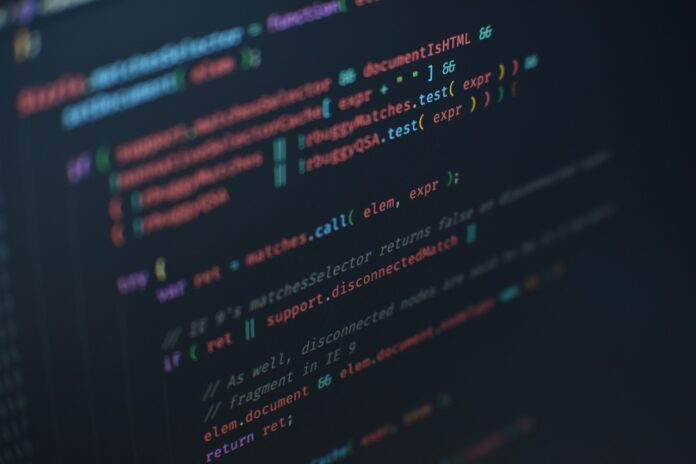Report on “governing digital legal systems” by Tom Barraclough (Director of Brainbox Institute) and Hamish Fraser (Director of Verb, Software Engineer, Rules as Code Consultant).
The authors summarize the conclusions of their study:
The report draws on our experience in developing and researching artificial intelligence and rules as code since 2018. It builds on insights gained from the original better rules experiments, our 2021 legal research, and subsequent engagements with clients and colleagues, including at the Singapore Management University Center for Computational Law’s CLAWCON conference.
In the report, we suggest some starting points for thinking about the way that digital systems that implement law and regulation might be governed. By governance, we mean a system of design, oversight, review, decision-making, and accountability that can provide people with assurance that the system is reliable and operating as it should.
Law and regulation are increasingly implemented using computer systems. One area of development that aims to implement law in computer systems deliberately, safely and transparently is referred to as “rules as code” (or sometimes computational law). In our report, we note the historical and contemporary overlaps between “rules as code” systems and artificial intelligence systems (both symbolic and machine learning). We also note that automated decision-making systems are now subject to regulation in the European Union and elsewhere, with high risk artificial intelligence systems facing stricter oversight under laws like the EU AI Act.
We believe that rules as code systems present significant opportunities for implementing regulation digitally. However, we also anticipate such systems will likely be subject to strict oversight obligations and other requirements similar to those for high risk AI systems. This means rules as code systems must be effectively governed, including as to how they are designed, developed, deployed, and maintained over time.
Rules as code systems have both a digital and a legal component. To understand how the digital component should be governed, we point to established principles and frameworks for governing artificial intelligence systems used in automated decision-making and suggest some governance features.
We also argue that the legal component of the system should be designed, developed, deployed, and reviewed with equal care and attention to ensure it accurately reflects the law in the given circumstances. Building on prior work, we point to governance of legal instruments as a useful area to draw from. To illustrate how such instruments are governed in ways that build confidence in their reliability, we use a specific legal instrument as an example: a standard form sale and purchase agreement for residential real estate administered by professional members’ associations, which is the de facto default agreement for residential property transactions in New Zealand. Through looking at the features that make this agreement reliable, we suggest governance features that might also be deployed in digital legal systems.
The paper summarises these suggested governance features, before emphasising that the broader scope of this area of commercial, regulatory and academic development is significant. In particular, any digital system that is used to implement the law or perform tasks required by the law in a particular way can be described as a «digital legal system», or a system that is both digital and legal in nature.
Access the Report: Governing digital legal systems. Insights on artificial intelligence and rules as code
About Syncopate
At Syncopate, we’ve been thinking about how to design, develop, deploy, maintain and review digital legal systems for some time. However, we’ve never found the perfect tools for the job. On that basis, we’ve decided to build the tools we need in order to create, analyse, publish and implement the law in digital systems. We’re actively seeking to connect with people who might like to use our systems, collaborate on a project, or otherwise support our work. Find out more about what we’re working on here, sign up for our mailing list, or reach out for a discussion.
…
This paper has been supported by the National Research Foundation, Singapore under its Industry Alignment Fund – Pre-positioning (IAF-PP) Funding Initiative. Any opinions, findings and conclusions or recommendations expressed in this material are those of the author(s) and do not reflect the views of National Research Foundation, Singapore.



